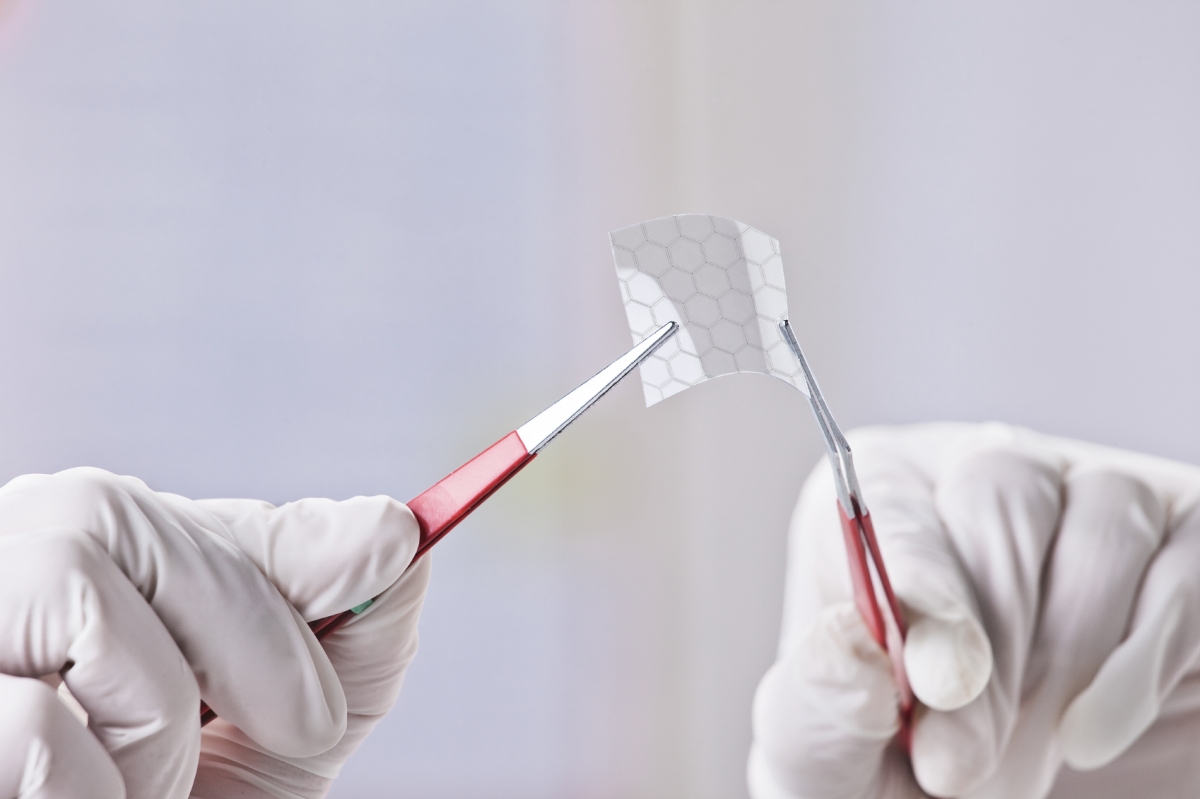
Scientists have created carbyne - the strongest substance known to man that's even tougher than graphene.
iStock
Step aside graphene, a new wonder material called carbyne
has been created and it takes the title as the strongest substance known
to man thanks to a breakthrough production technique.
A team from the University of Vienna
have successfully produced the super-strong material for the first time
in a stable form (meaning it hasn't broken) which sees tensile
properties 40-times that of diamond and double that of current science
darling graphene.

Breakthrough technique: The super-strong carbyne was produced inside double-walled graphene nanotubes to keep it stable.
Lei Shi / University of Vienna
Carbyne,
a carbon-based structure, has been a theoretical material since it was
proposed back in 1885 with scientists only being able to produce it in
either computer simulations or very short forms of only 100-atoms long
due to its instability. Now thanks to a new production method involving
rolling up two sheets of graphene to form a protective tube they then
created the carbyne within to stop it from breaking and as a result have
managed to synthesise a chain of 6,400 atoms long, which remained
stable.
'Holy grail' material
The team's findings were revealed in science journal Nature Materials
and explained how this new method could pave the way for bulk
production of the super material, which is seen as the "holy grail of
truly 1D carbon allotropes," said Lei Shi, part of the physics research
team at the university.
"Our results establish a route for the bulk production of
exceptionally long and stable chains composed of more than 6,000 carbon
atoms, representing an elegant forerunner towards the final goal of
carbyne's bulk production," it said in the Nature report.
Carbyne won't mean a lot to the average person just yet as
this breakthrough is only at its nascent stage and it can't even be seen
by the naked eye, however the material's incredible strength-to-weight
paints a very exciting future for construction and mechanical use as
well as having excellent electrical conductivity making it a key
component for future generations of gadgets and nanoelectric devices.

Post a Comment